About Social Forestry
Just spending time in a woodland can provide a restorative experience. Bathing in the tranquility of the sights and sounds of the woodland helps people tune into nature in ways that ultimately delivers benefit to their wellbeing.
Woodlands are places where people can recharge their batteries, away from the pressures of everyday life.
There is now a considerable body of research that highlights the role of woodlands in promoting wellbeing and quality of life for people throughout their lives. Nature’s Health Service is the title of a Forestry Commission report that’s worth a read, detailing a number of woodland based projects that were used to provide research data.
Social Forestry model
The term Social Forestry often needs explanation, but the model is one that is fast gaining recognition and credibility linked to improvements in general levels of wellbeing for both woodlands and people. The model for Social Forestry sessions is to promote co-connection between individuals and woodlands that delivers benefits for both.
Social Forestry is about promoting woodland based activities that encourage caring for the woodland, but also encourage improvements to the health and wellbeing of those involved. This somewhat ‘health by stealth’ model is particularly palatable to service users because the activities offer easy ‘ways in’ for people, delivering a sense of personal satisfacton and mental relaxation.
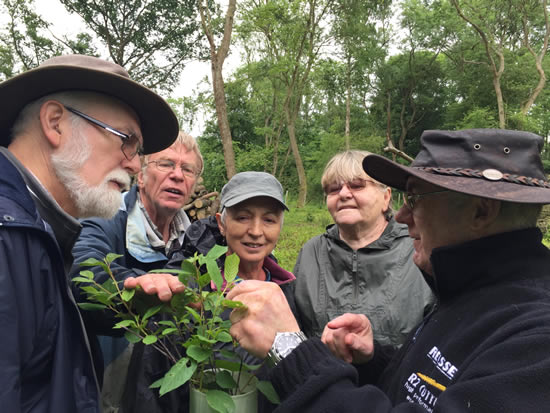
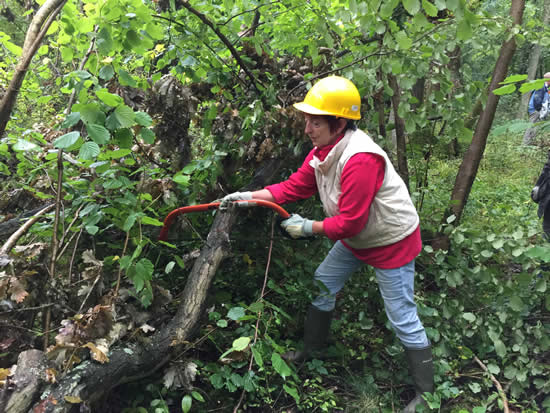
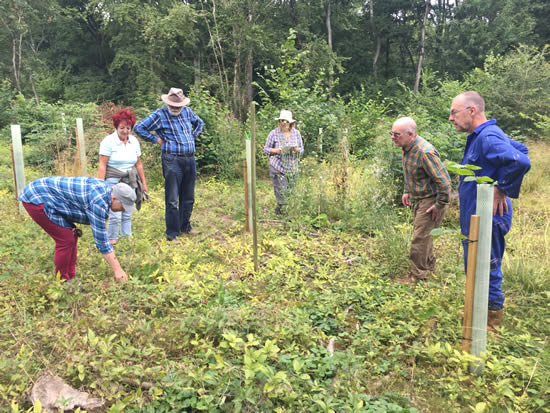
Immersion in a woodland environment has been scientifcally proven to lower cortisol levels, reducing feelings of stress and anxiety.
Social Forestry recognises that by facilitating positive interaction between people and woodlands there is mutual restoration of both.
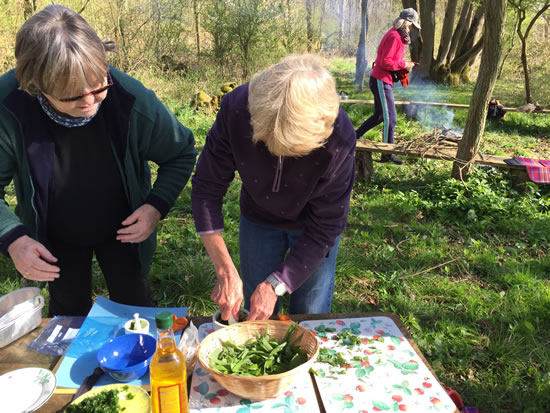
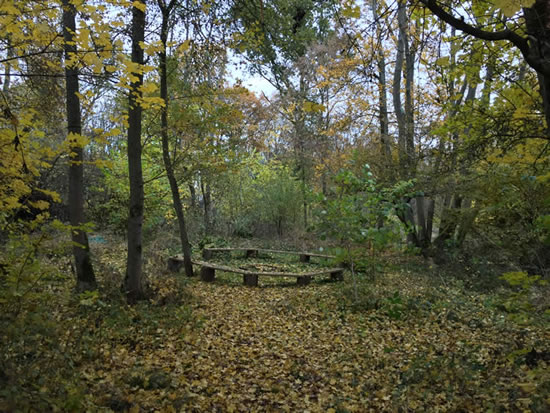
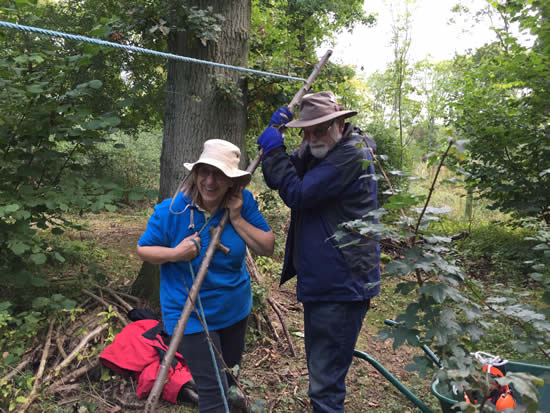
Physical wellbeing
Involvement in gentle physical activity using woodland management tools encourage not only stretching and bending but can help improve muscle groups that support good balance. With increasingly sedentary lifestyles led by young and old, the loss of muscle tone and balance encourages people to take less, rather than more exercise. Gentle physical work within a woodland is a great way for people to improve their fitness, encouraging them to maintain improved levels in the longer term.
Social wellbeing
Loneliness and social isolation is a malaise of our day and age, diminishing self-confidence and self-esteem right across the generations. For many people affected by lack of confidence and self-esteem it can be very challenging to join a group that meets in a room indoors, but that’s not the case in a woodland.
The beauty of being in a woodland is that the environment can support individuals slowly building their ability to feel confident with social interactions. In a woodland there’s space to be on your own, within a group situation, without being made to feel awkward as might be the case indoors. The expansiveness of the woodland (as opposed to the confined space of a room in a building) can facilitate feeling of greater personal space within a group situation. Woodlands can help people breathe more easily, literally and metaphorically too.
Psychological wellbeing
Anxiety and depression is experienced by just over 9 per cent of adults in Britain (British Heart Foundation, 2005) and scientific research has proved the existence of benefits to psychological wellbeing through spending time in nature. In Japan the practice of immersion within tree filled places is part of their National Health Service, research having shown that the tranquillity that exists within woodlands has the power to lighten mood, delivering positive psychological benefits.
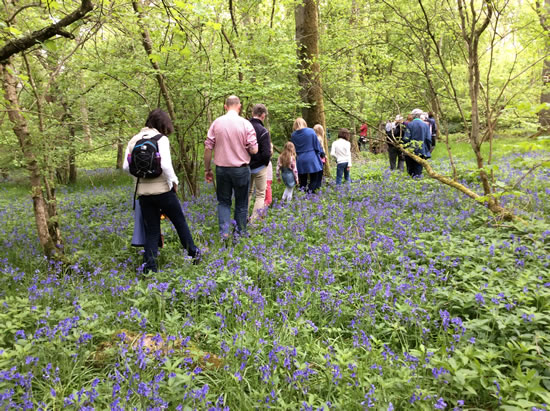
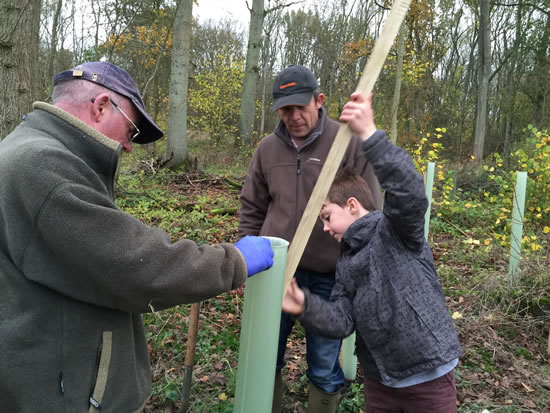
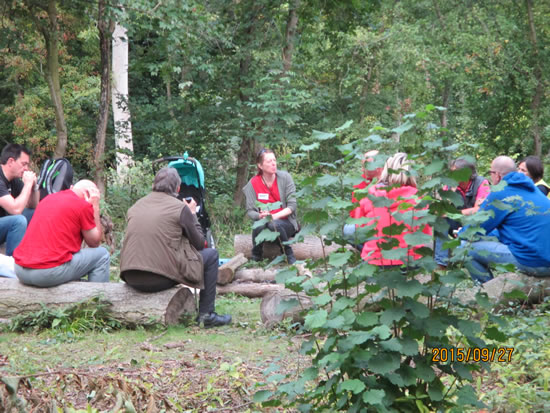
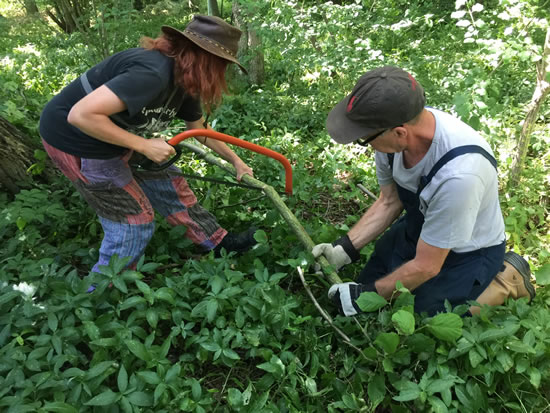
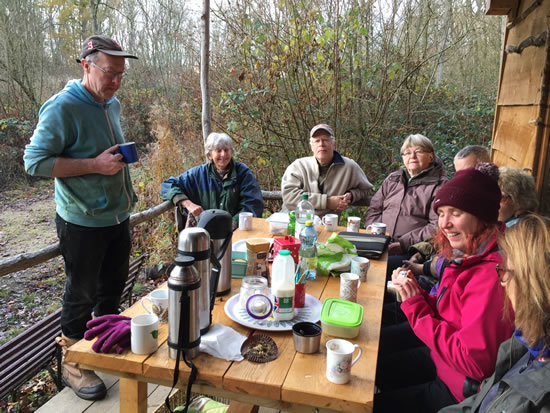
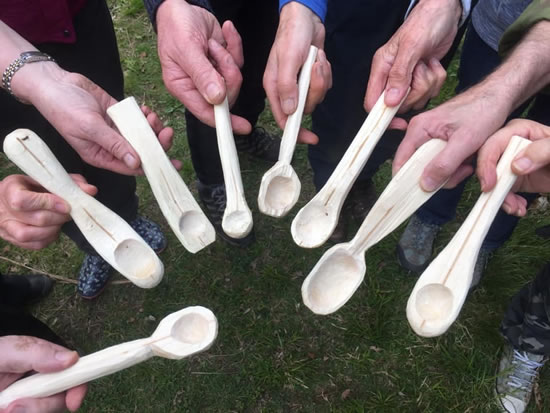
Who organises and participates in Social Forestry sessions?
A Level 3 OCN qualification is the basic requirement for those wanting to run Social Forestry sessions. Qualified social foresters are trained to be specialists in connecting people with a woodland environment through involving them in activities that help care and restore the woodland and ultimately themselves.
People who become social foresters most often have a woodland management, greenwood craft or health or social care background. Social forestry participants come from all walks of life, ranging from ecology experts to enthusiastic but novice volunteers, retired people, mental health or social service users and even schoolchildren.
All social forestry activities respect the woodland environment and cover a wide range including conservation, education, heritage, woodland crafts and health and fitness.
Here at Outdoor Tribe we have Susan Collini who holds a Level 3 Social Forestry qualification and has been running weekly Social Forestry sessions for over two years in woodland located in East Northants. During this time Susan has collaborated with the University of Northapton to produce a research project highlighting the benefits of Social Forestry to service users.

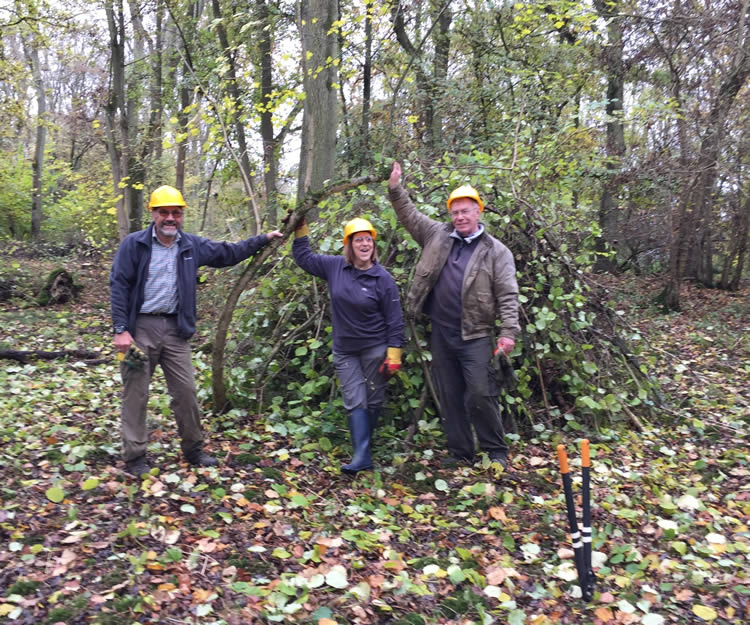
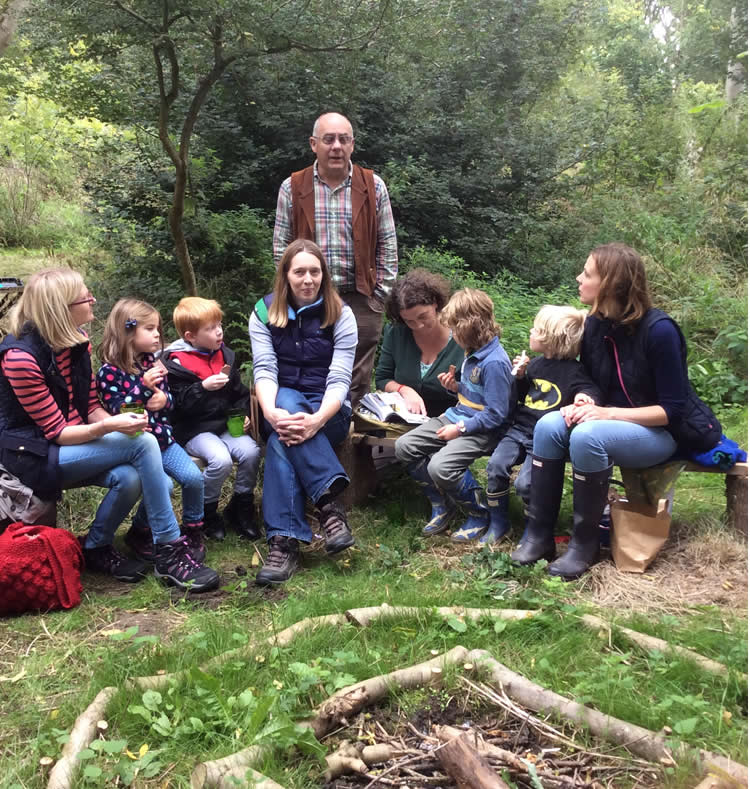

Recent Comments